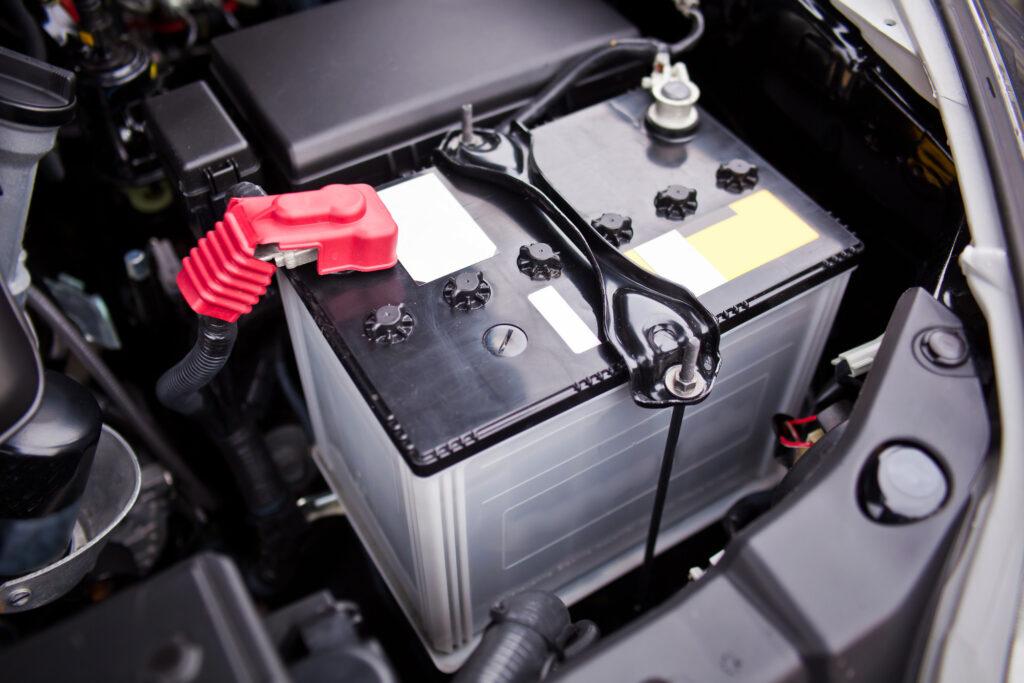When handling lead-acid storage, such as lead-acid batteries, it’s important to take certain precautions to ensure safety and proper functioning.
- Ventilation:
- Use lead-acid batteries in well-ventilated areas to dissipate any gases released during charging.
- Avoid Overcharging:
- Overcharging can lead to the release of hydrogen gas and can cause the battery to generate heat. Follow manufacturer guidelines for charging rates and durations.
- Acid Handling:
- Lead-acid batteries contain sulfuric acid, which can be corrosive and harmful. Use protective gear such as gloves and goggles when handling batteries.
- Water Addition:
- Check and maintain the electrolyte levels by adding distilled water as needed. Do not use tap water, as impurities can affect battery performance.
- Avoid Tipping:
- Handle lead-acid batteries carefully to prevent tipping, as spilled electrolyte can cause damage and pose safety hazards.
- Secure Connections:
- Ensure that battery connections are secure and tight to prevent arcing, which can lead to safety issues and damage to the battery.
- Charge in a Controlled Environment:
- Charge batteries in a controlled environment with proper charging equipment. Avoid charging in extreme temperatures.
- Proper Disposal:
- Dispose of old or damaged batteries following local regulations. Lead-acid batteries are considered hazardous waste, and proper disposal is essential.
- Protective Clothing:
- Wear appropriate protective clothing, including gloves and eye protection, when handling lead-acid batteries.
- Keep Tools Insulated:
- When working with lead-acid batteries, use insulated tools to prevent accidental short circuits.
- Regular Inspections:
- Conduct regular inspections of the batteries for signs of damage, leaks, or corrosion. Replace damaged batteries promptly.
- Emergency Procedures:
- Be familiar with emergency procedures in case of acid spills, overheating, or other unforeseen events. Have a spill kit and safety equipment on hand.
Always refer to the manufacturer’s guidelines and safety instructions specific to the lead-acid storage or battery you are working with. Taking these precautions will help ensure the safe and effective use of lead-acid storage systems.


